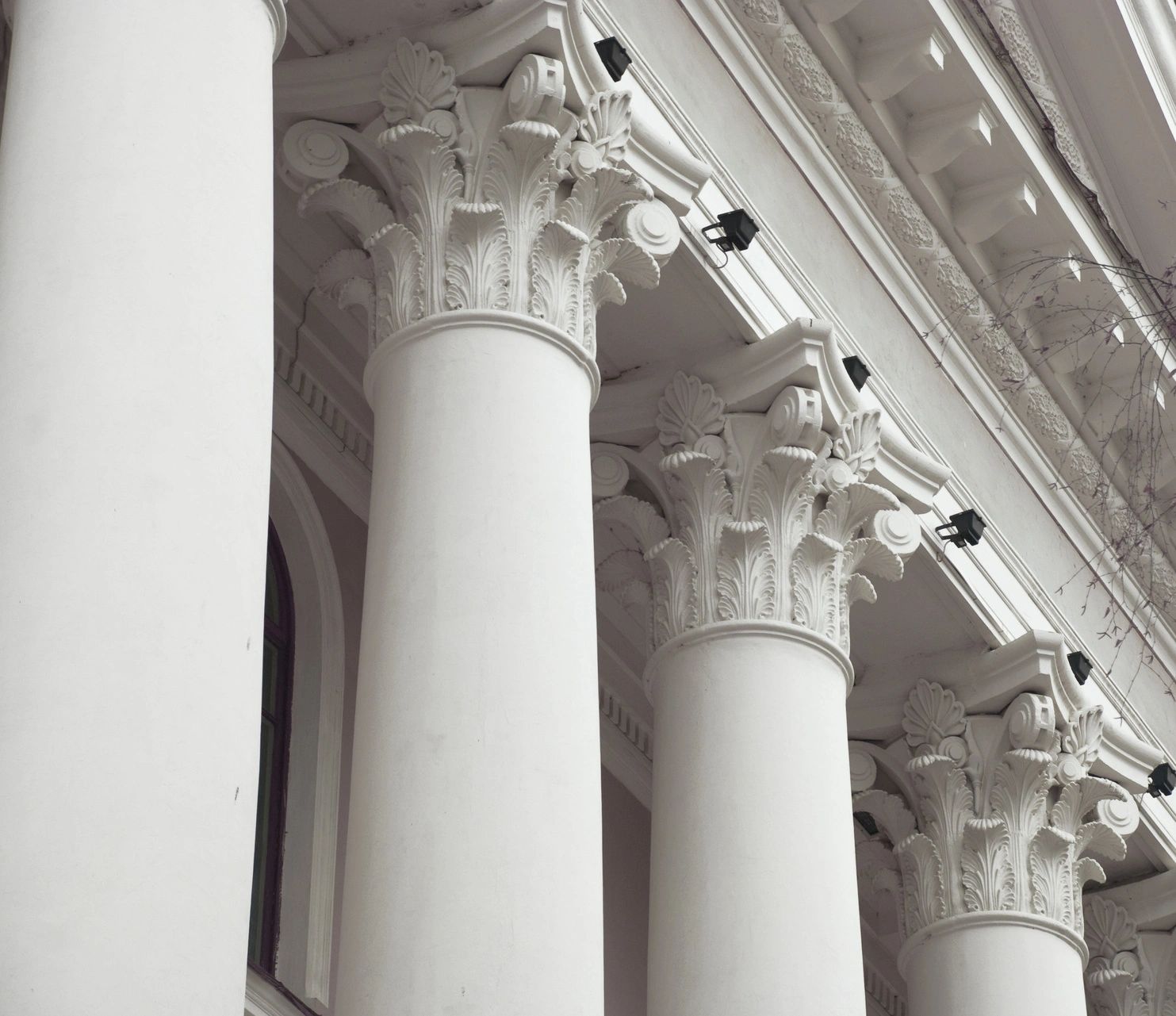A major milestone for the improved passenger rail service promised by the Liberal government is approaching, but it brings with it a multibillion-dollar question:
If the project is built, how fast will the trains actually go?
In the coming weeks, Prime Minister Justin Trudeau’s cabinet is expected to select one of three private groups to help design and build a new rail project. This rail line, which is being touted as a transformative upgrade for travel through Canada’s most densely populated region, will span 1,000 kilometers from Toronto to Quebec City. The goal is to significantly cut travel times between major cities, possibly bringing Canada into the high-speed rail (HSR) era, which many feel is long overdue.
“We are looking at all options,” said Transport Minister Anita Anand when asked if the project would deliver trains exceeding 200 km/h—the global benchmark for high-speed rail.
Liberal MP Vance Badawey, who serves as Anand’s parliamentary secretary, explained that the government is studying which regions would benefit most from faster trains and where slower, but more frequent, rail service could suffice. However, no final decision has been made.
Martin Imbleau, CEO of the Crown corporation overseeing the project, is optimistic. Speaking from Ottawa, he shared a vision of rail travel from Toronto to Quebec that could rival European systems like France’s TGV. Although some stretches of high-speed routes in France slow to under 200 km/h, Imbleau suggested a similar approach might be adopted in Canada, where trains could slow in urban areas but reach high speeds in between.
The project’s final design will depend on the private group chosen and their collaboration with the Crown corporation. Three international consortia, including companies like Air Canada and European national rail providers, are competing. Each has been asked to submit plans for both slower and faster trains. Regardless of which group is selected, there will be flexibility to “mix and match” features to achieve the goal of a faster, more reliable passenger service.
If high-speed rail is chosen, travel times between Montreal and Toronto could shrink to just over three hours, down from the current five.
While the Liberals originally proposed this project over five years ago as “high-frequency rail”—with new tracks dedicated to more frequent passenger trains—the concept has shifted towards high-speed rail due to public demand. A recent survey showed the majority of people in Ontario and Quebec favor faster, even if more expensive, trains.
High-speed rail, however, comes with a hefty price tag, partially due to the specialized infrastructure required to ensure safety. In 2021, then-Transport Minister Omar Alghabra estimated the cost at between $6 and $12 billion, but the actual price could be double that, due to inflation and the need for high-speed infrastructure in certain areas.
Imbleau acknowledged that it’s too early to discuss the project’s full cost but emphasized that it would generate revenue from ticket sales. He sees it as an investment to modernize Canada’s rail system and envisions the first section of the rail line being completed in about 12 years.
Yet uncertainty looms, especially with the Liberal minority government trailing in the polls. If the Conservatives come to power, the project’s future could be in jeopardy. Conservative MP and transport critic Philip Lawrence has questioned whether the Liberals will even manage to build the rail line.



